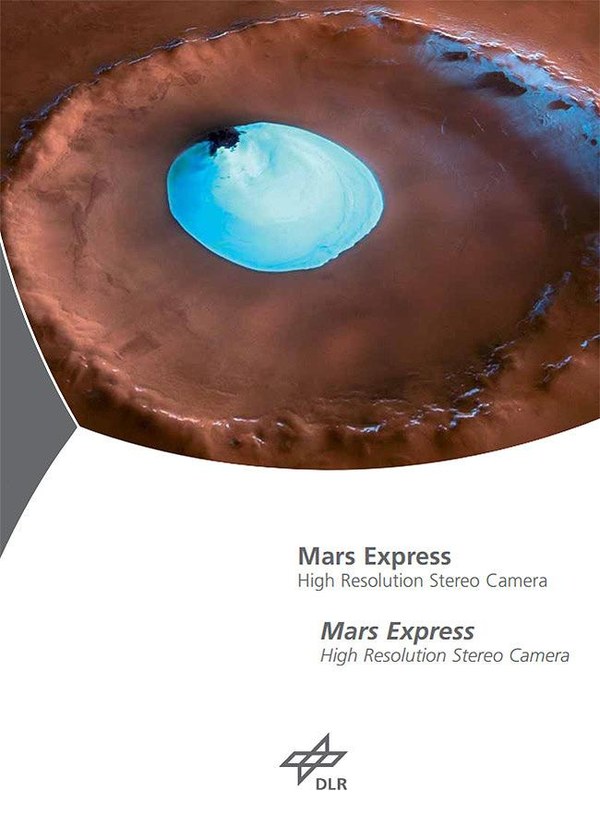Data and scientific objectives
Mission | |
|---|---|
Launch | 2 June 2003, 19:45 CEST |
Arrival in Mars orbit (lander) | 25 December 2003, 04:00 CET |
Launch site | Baikonur, Kazakhstan |
Launch vehicle | Soyuz/Fregat |
Ground stations | Perth (Australia), Kourou (French Guiana) |
Ground reception time | 6.5–7 hours per day |
Mission control centre | European Space Operations Centre (ESOC), Darmstadt, Germany |
Nominal mission duration | One Martian year (approx. two Earth years or 687 days); due to its significant scientific achievements, ESA has extended the Mars Express mission several times, most recently until the end of 2026 |
Orbit | Elliptical final orbit: 250 kilometres (pericentre) x 11,583 km (apocentre) from Mars; inclination: 87 degrees; orbital period: 7.5 hours |
Spacecraft | |
|---|---|
Launch mass | 1042 kilogrammes, including 427 kilogrammes of fuel |
Scientific payload | Orbiter 116 kilogrammes; lander 60 kilogrammes |
Dimensions | Orbiter: 1.5 x 1.8 x 1.4 metres; solar panel wingspan: 12 metres; surface area: 11.42 square metres |
Power supply | Solar arrays with silicon cells: 660 watts at 1.5 astronomical units; energy storage: three lithium-ion batteries with a total capacity of 64.8 ampere-hours; power supply: 28 volts; peak power output: 450 watts |
Data transfer | X-band: 7.1 gigahertz; S-band: 2.1 gigahertz; communication: omnidirectional low-gain antenna (LGA), four metres; directional high-gain antenna (HGA), 1.8 metres; two di-pole antennas: both 20 metres |
Propulsion | Eight engines for orbital corrections, each delivering 10 newtons of thrust; one main engine with 400 newtons of thrust, for braking manoeuvres in Mars orbit; three-axis stabilisation |
Orbiter instruments | |
|---|---|
HRSC (High Resolution Stereo Camera) | German-led project; high-resolution colour stereo camera; developed for the Mars 96 mission |
MaRS (Mars Radio Science Experiment) | German-led project; investigates Mars' atmosphere, surface and gravity |
PFS (Planetary Fourier Spectrometer) | Italian-led project with German participation; infrared spectrometer for atmospheric research |
ASPERA (Analyser of Space Plasmas and Energetic Atoms) | Swedish-led project; analyses the interaction between Mars' atmosphere and the interplanetary medium |
MARSIS (Mars Advanced Radar for Subsurface and Ionospheric Sounding) | Italian-led project; studying the deep layers of the Martian soil and upper atmosphere |
OMEGA (Observatoire pour la Minéralogie, l’Eau, les Glaces et l'Activité) | French-led project; infrared spectrometer investigates Mars' surface composition; developed for the Mars 96 mission |
SPICAM (Spectroscopic Investigation of the Atmosphere of Mars) | Ultraviolet spectrometer for investigating the atmosphere; developed for the Rosetta mission |


